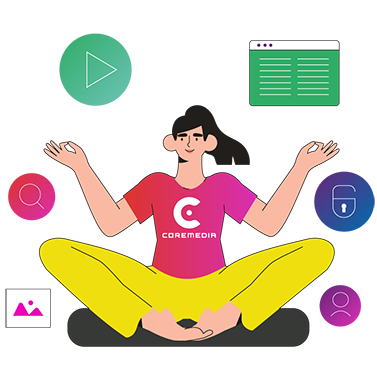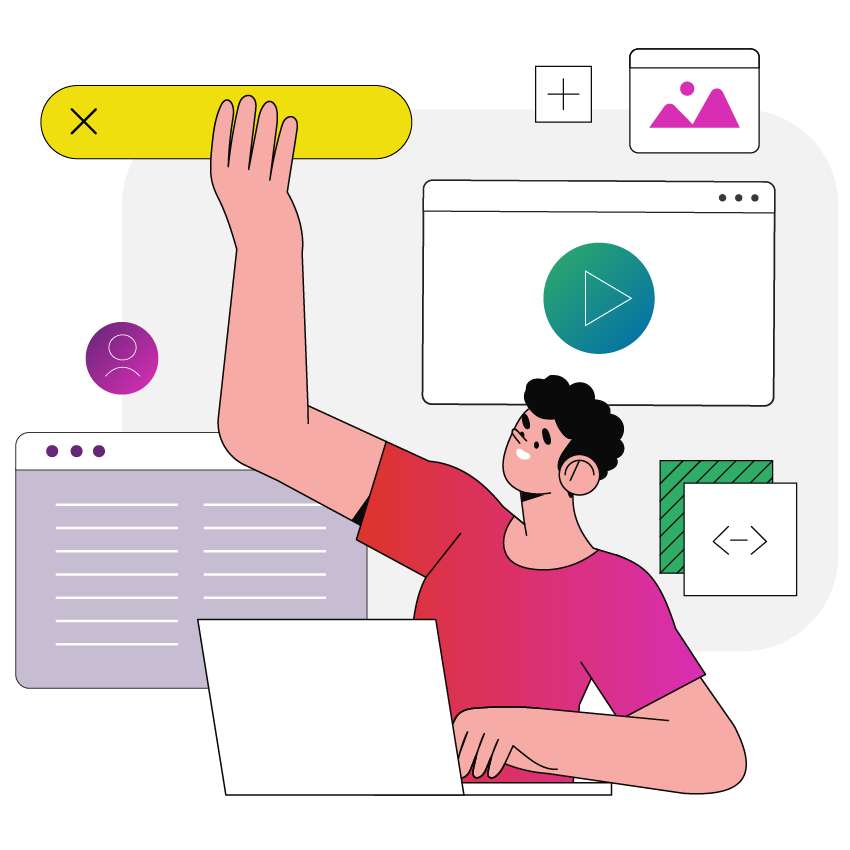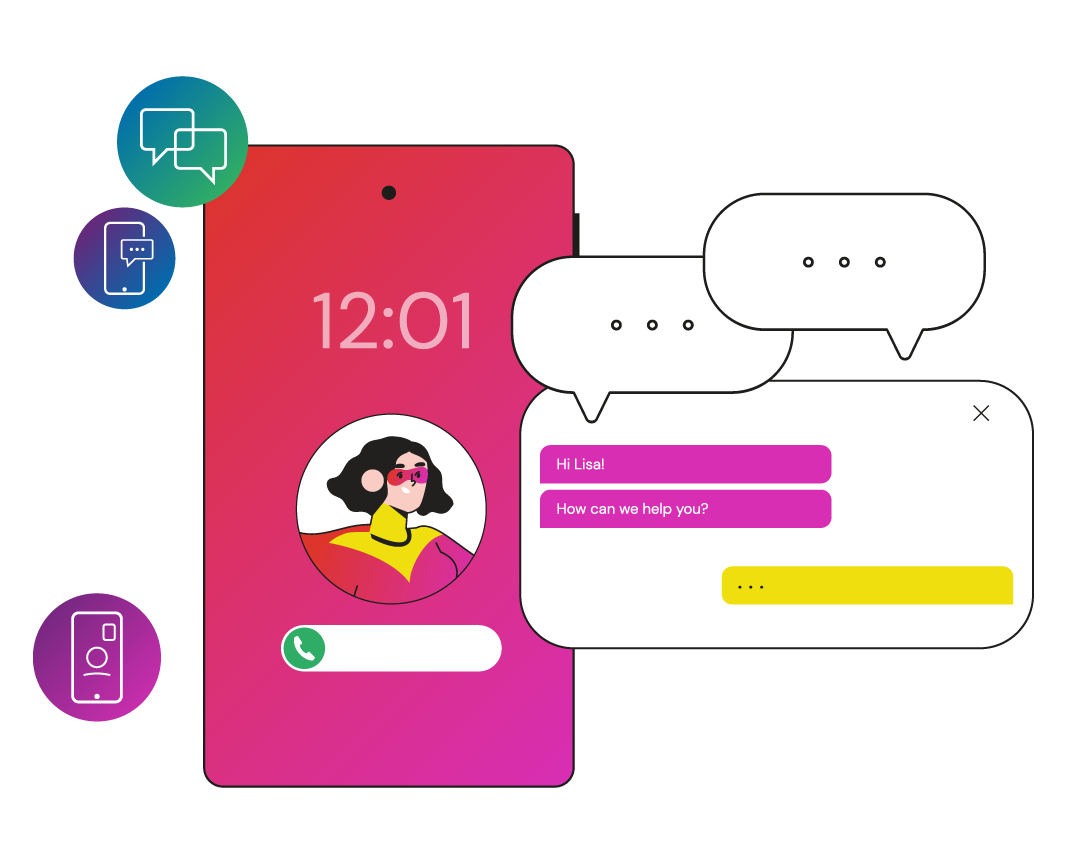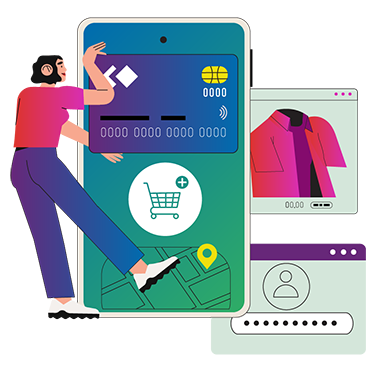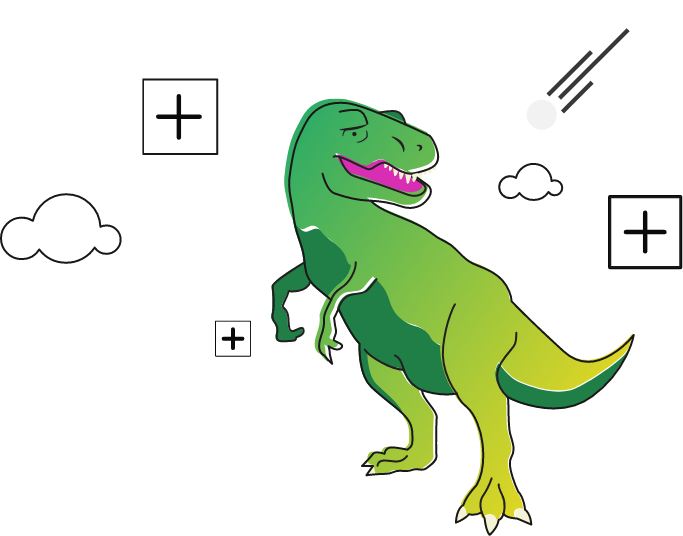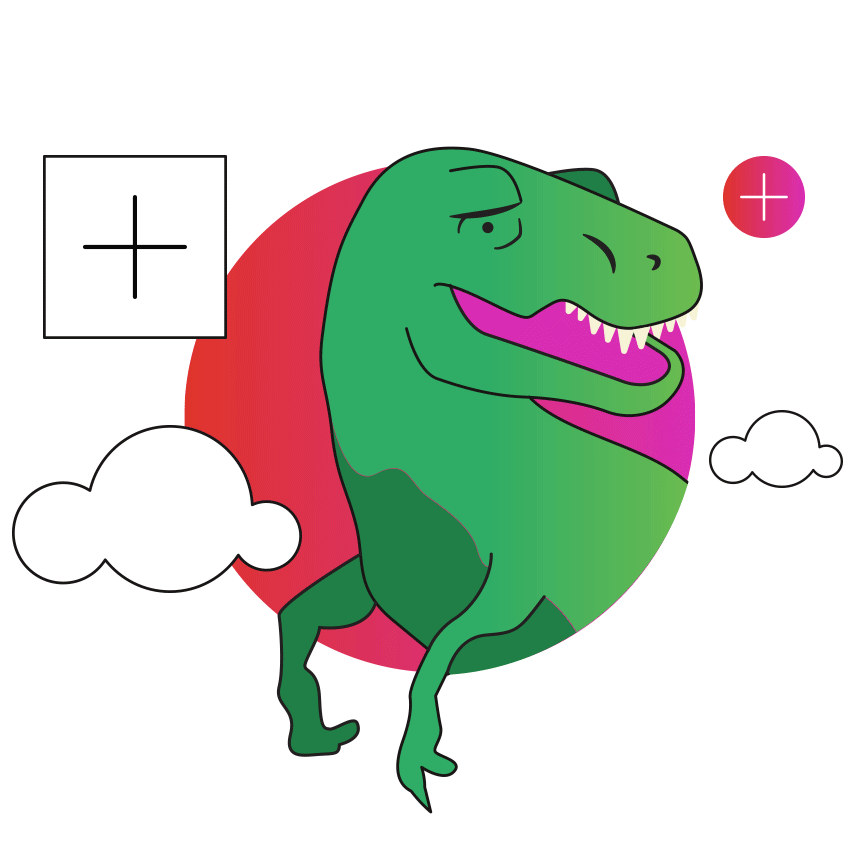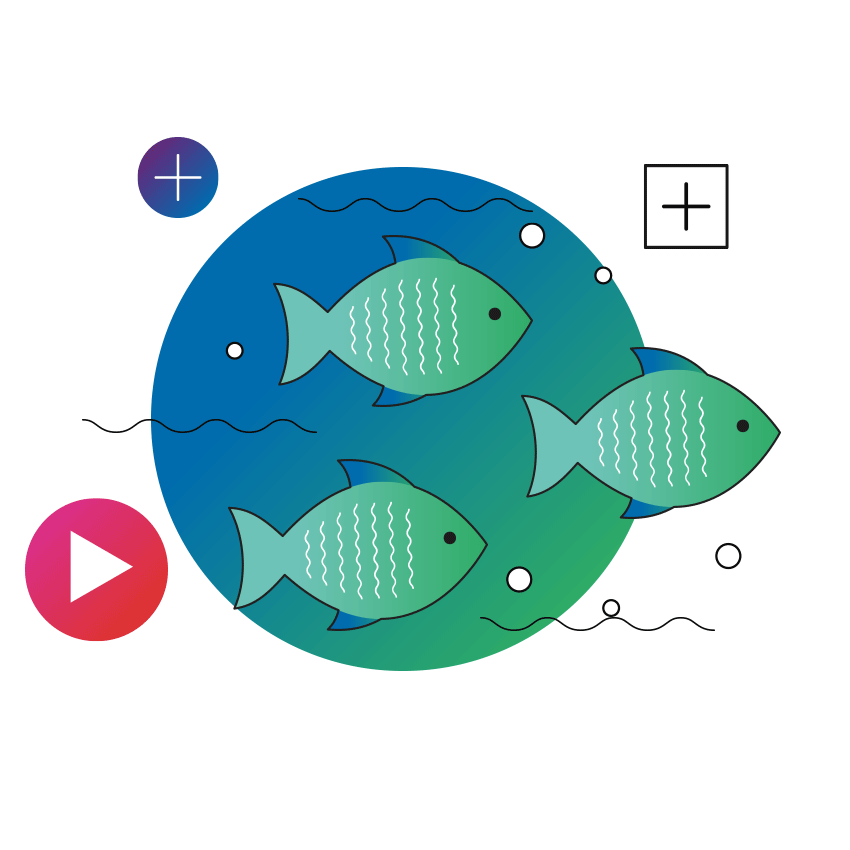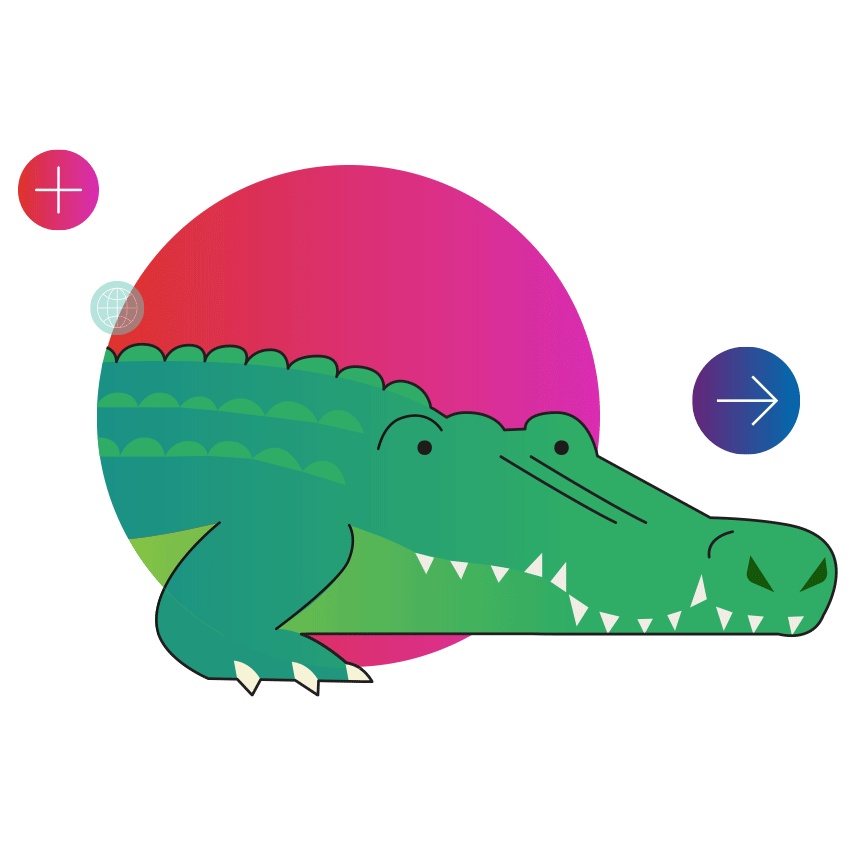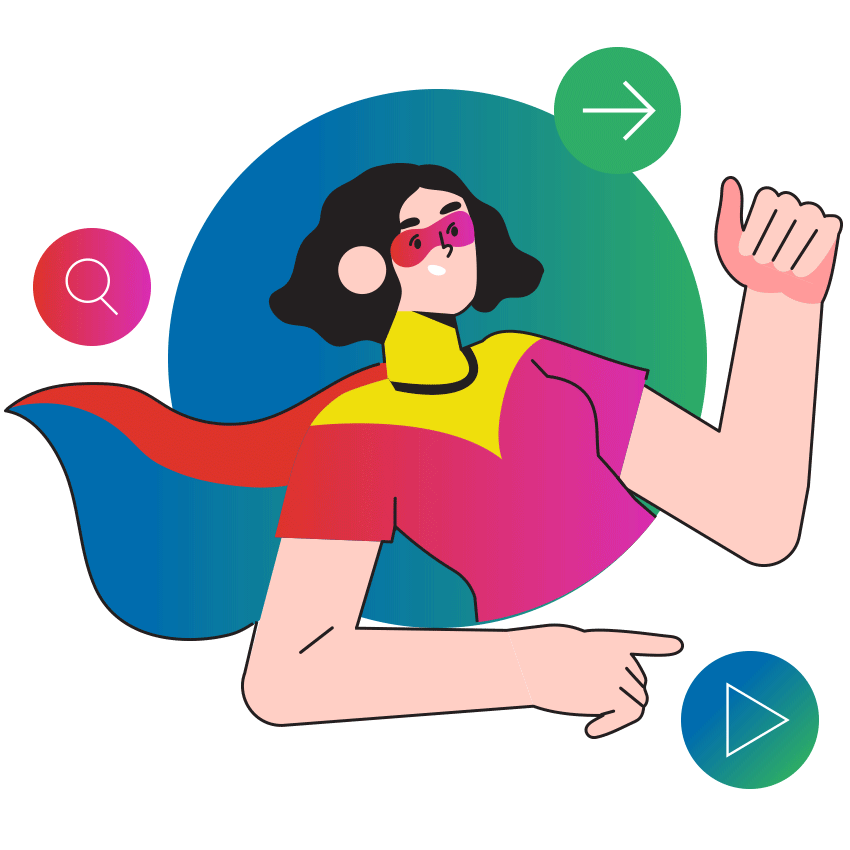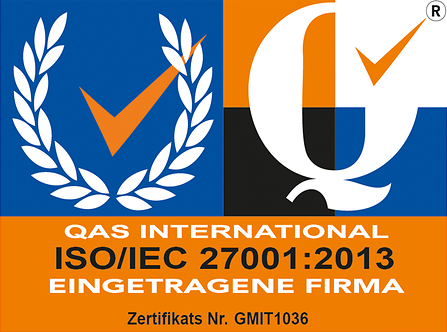Marcel Müller
This lesson starts with a story.
Imagine you work for a medium-sized manufacturer. Your order pipeline is filled to the brim and your production department is running at full capacity for the current year. Great. There’s just one problem: When it comes to digitizing key business processes and models, your company is lagging far behind the competition, especially in the critical area of eCommerce. Problem detected! But is it problem averted? Not yet.
It’s clear to the management team they have to catch up and they are committed to finding a solution. Their first step is to hire an external consulting team who promises they can transform your fledgling online store into a digital dynamo. A dynamic duo of eCommerce experts walks you through a dazzling kickoff presentation that explains exactly what the new eCommerce site will look like: a beautifully designed, consistent, and functional customer journey funnel. Business development, sales, and marketing are all enthusiastic about this modern vision of efficient digitization.
At this point, all eyes turn towards the sole representative of the IT department who lifts his finger quietly and, with one sentence, bursts their dreams like bubbles: "We can't just switch off our ERP system, it’ll take at least three years to get this new system up and running".
Heads sink to chests. A quiet horror spreads across the room. Once again, IT has spoiled the party. But then, the more technical half of the dynamic duo speaks up: "With our headless approach, your legacy systems can continue to work as usual. Our new interfaces can access data from the ERP system without disturbing its operations."
Wary optimism begins to flow through the room. The sales and marketing teams are casting stealthy, hopeful glances at the IT guy. What kind of approach? Headless? What the hell is that?
The 3 Key Advantages of a Headless CMS
In an earlier era, companies hoping to quickly digitize their business in the face of mounting competition would have been out of luck. But today, headless solutions offer a more agile alternative.
With this approach, all the data required for eCommerce from the underlying business systems can flow together into a higher-level software package. To enable an efficient information flow, interfaces must be programmed. The incoming data (such as technical product details, prices, delivery times, texts, images, or videos) is formatted into an agnostic exchange format such as JSON or XML, processed in the application, and played out to every Internet-enabled device with the same look and feel. This provides customers with a consistent user experience.
So what makes headless such an efficient and appealing approach for modern eCommerce solutions? It boils down to three critical capabilities:
1. Easy integration of third-party systems
Let’s say that you need to add a new eCommerce system (e.g. SAP Hybris, IBM WebSphere, Salesforce Commerce Cloud, or similar) to your existing online infrastructure. With a headless architecture, you can do this without disrupting your existing eCommerce processes. All systems have standard interfaces (APIs) that allow new systems to be integrated without any operational problems.
2. Separation of frontend and backend systems
By clearly separating the backend systems from the frontend customer experience, different teams can work independently and establish their own technology stack to work more efficiently. Partial orders can be outsourced to external service providers for development. In addition, individual components or services can be exchanged or processed at any time without the customer noticing.
3. Ability to share data with third-party services via API
The data that flows together into the application can also easily be made available to external service partners such as sales or support.These and many other advantages can, of course, also be used with the CoreMedia Content Cloud. This can be easily integrated into a headless architecture. This means editors and content providers can continue to work in the CoreMedia Studio as usual.
View Our Webinar
To find out more about the business and technical benefits of a headless approach for content and commerce, be sure to check out the recording of our recent webinar. Technical product experts from CoreMedia and bitgrip will show you how exactly this works.
In the webinar, the basic principles of the headless approach will be described via clear, practical examples based on actual customer experiences. Our spotlight customer will be the KSB Group, a leading supplier of pumps, valves, and related services with annual sales of €2.2B. With the help of the CoreMedia Content Cloud and a new headless architecture, CoreMedia and bitgrip have provided KSB with a highly functional digital gateway to the world.Check out our webinar and find out how you can harness the power of headless for your own business.
